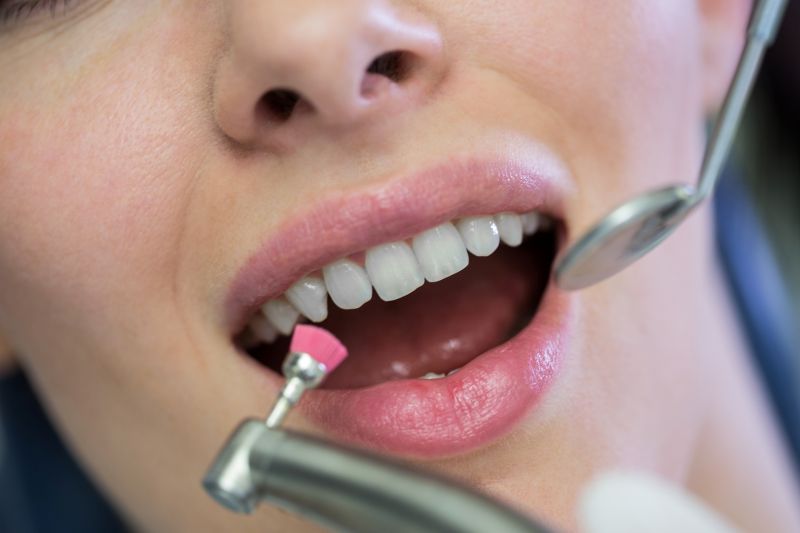
What Is Periodontitis (Gum Disease)?
Periodontitis, commonly known as gum disease, is a serious oral condition caused by bacterial infection and inflammation of the gums. It begins as gingivitis (gum inflammation) and, if left untreated, can progress to advanced stages where it leads to gum recession, bone loss, and even tooth loss.
At Boston Dental Center Abu Dhabi, we specialize in diagnosing, treating, and preventing gum disease using advanced periodontal care techniques and personalized treatment plans to restore your oral health and protect your smile.
What Are the Symptoms of Gum Disease?
Gum disease can develop gradually and may go unnoticed until it becomes severe. Watch for the following signs and symptoms: Bleeding gums during or after brushing and flossing Red, swollen, or tender gums Persistent bad breath or a bad taste in the mouth Receding gums (teeth appear longer) Formation of deep pockets between the gums and teeth Loose or shifting teeth Changes in bite alignment or discomfort while chewing Poor fit of dentures or bridges If you notice any of these symptoms, early intervention is key. Schedule a periodontal evaluation at Boston Dental Center Abu Dhabi to prevent further damage.
What Causes Periodontitis?
Periodontitis is primarily caused by plaque and tartar buildup that harbor harmful bacteria. Other risk factors include:
Poor oral hygiene Smoking or tobacco use Diabetes and systemic diseases Hormonal changes (pregnancy, menopause)
Genetic predisposition Stress and immune disorders Poor nutrition
How Is Gum Disease Treated?
The primary goals of periodontal treatment are to:
Remove bacterial buildup and tartar
Reduce inflammation and pocket depth
Promote reattachment of healthy gum tissue to the teeth
Prevent disease progression and tooth loss
Gum Disease Treatments at Boston Dental Center Abu Dhabi Include:
Non-Surgical Periodontal Therapy (Scaling & Root Planing):
Deep cleaning to remove plaque and tartar from below the gum line and smooth the root surfaces.
Antibacterial Medications & Local Antibiotic Therapy:
Applied directly to the infected pockets to eliminate bacteria and support healing.
Laser Gum Therapy:
Minimally invasive treatment using dental lasers to disinfect and regenerate tissue.
Surgical Treatments (in severe cases):
Flap Surgery (Pocket Reduction Surgery)
Bone Grafts to regenerate lost bone
Soft Tissue Grafts to restore receding gums
Guided Tissue Regeneration for advanced cases
Why Choose Boston Dental Center Abu Dhabi for Gum Disease Treatment?
Board-certified periodontists and dental specialists
Advanced diagnostic tools, including digital X-rays and periodontal probing
Painless and minimally invasive procedures
Comprehensive care in a modern, sterile environment
Customized oral hygiene instructions and post-treatment care
Trusted by patients across Abu Dhabi and the UAE
What makes Dr. Khaled amazing is his genuine understanding and empathy towards patients who harbor fear towards dental procedures. He is incredibly patient, taking the time to explain each step of the process, ensuring that I was comfortable and informed throughout my treatment. His approach is gentle, and he employs techniques that significantly minimize discomfort, something that I, being extremely afraid of pain, greatly appreciated.
Dr. Khaled's professionalism, coupled with his skillful touch, has made my visits to the clinic something I no longer dread. It's rare to find a healthcare professional who not only excels in their field but also understands the importance of creating a positive and pain-free experience for their patients. Dr. Khaled has been a great dentist to me, effectively treating my dental issues while simultaneously helping me overcome my fear of dental procedures. I highly recommend him to anyone looking for a compassionate and skilled dentist.
Thank you Dr. khaled!!
Regards,
Imed
Nice staff
(Had a tooth extraction and dental implant treatment)

















